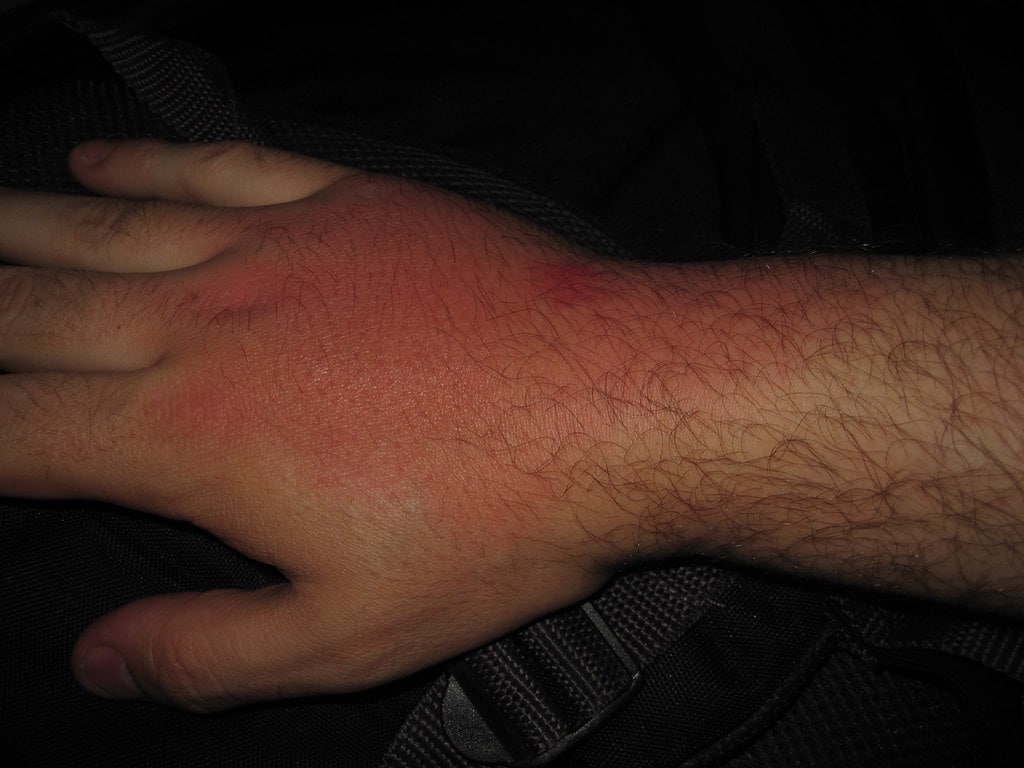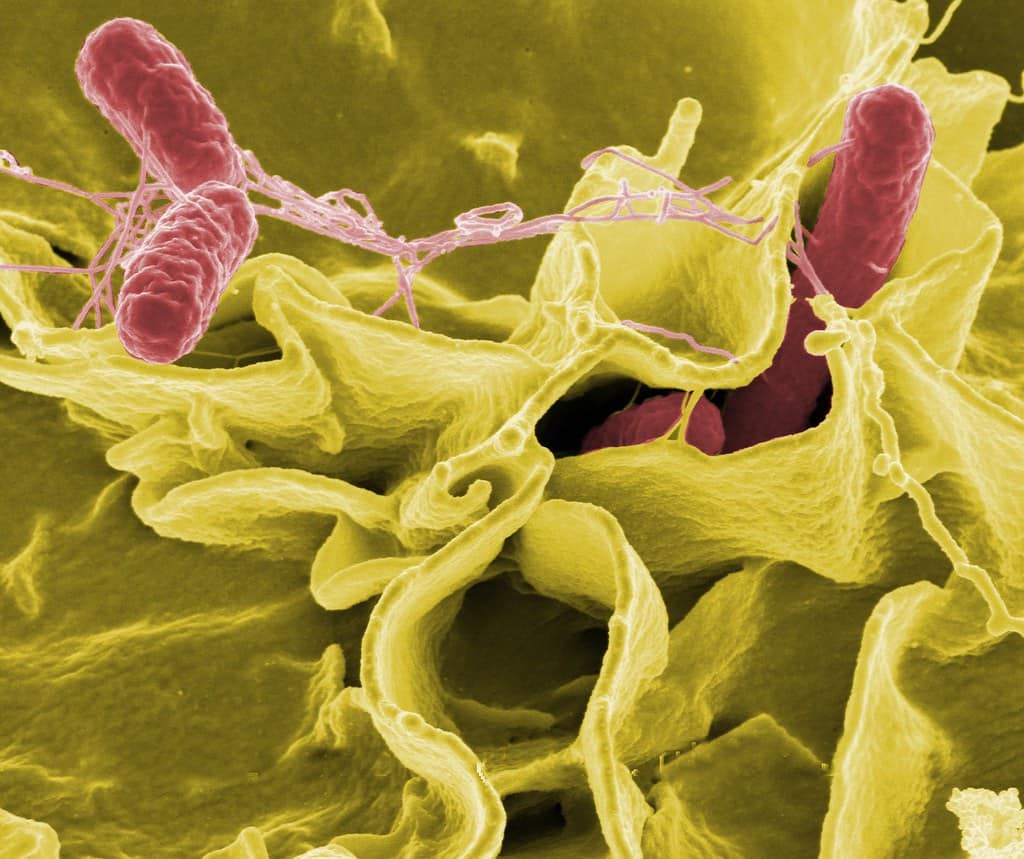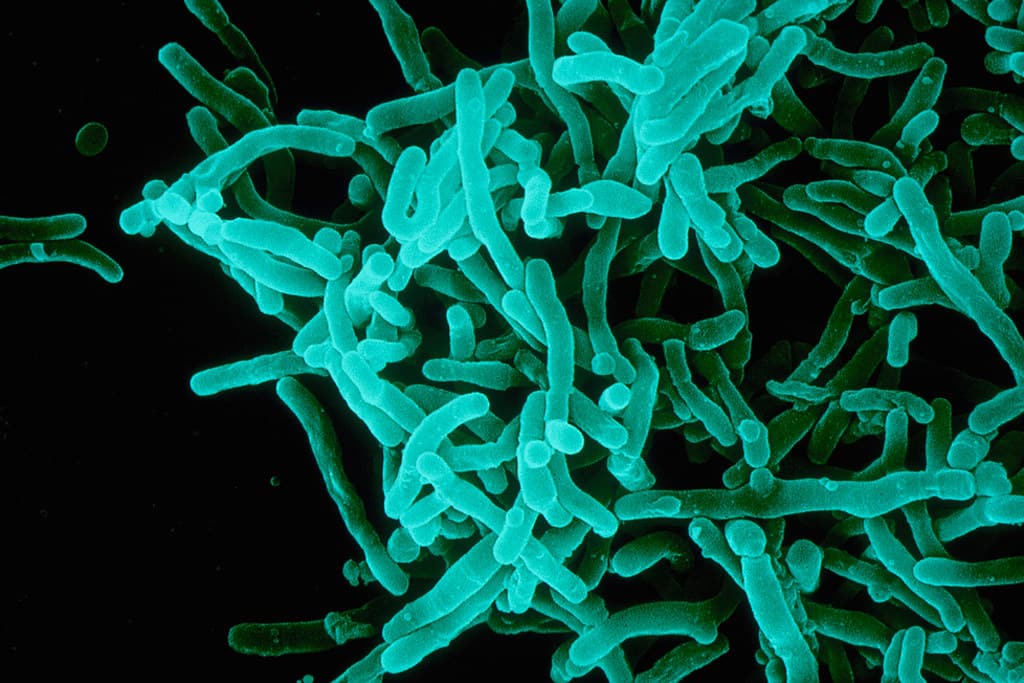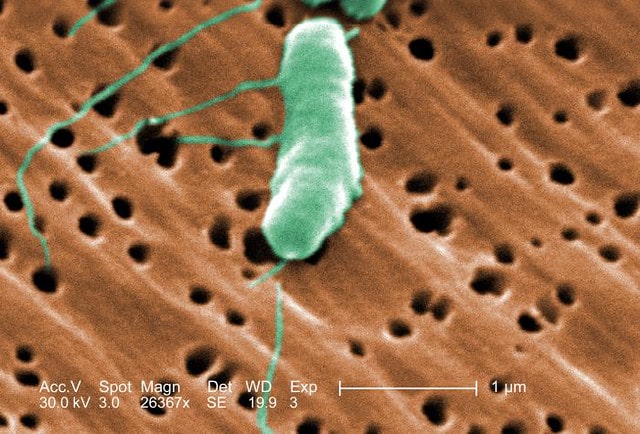
Flesh-Eating
Flesh-Eating bacteria Vibrio vulnificus, which is found in seawater, is moving up the US coast as a result of climate change.

The uncommon flesh-eating bacteria Vibrio vulnificus is migrating along the US east coast, and warming waters are contributing to an increase in infections with it.
The Vibrio vulnificus bacteria , Flesh-Eating
The Vibrio vulnificus bacteria can lead to potentially fatal wound infections, according to the US Centers for Disease Control and Prevention. About 1 in 5 people who contract the Vibrio vulnificus infection die from it, sometimes just a day or two after becoming ill. People with this infection frequently need intensive care or have to have limbs amputated.

Necrotizing fasciitis, a severe infection in which the flesh surrounding an open wound dies, is caused by some Vibrio vulnificus infections. Even though necrotizing fasciitis can be brought on by a variety of bacteria, this type of infection is sometimes referred to in media reports as “flesh-eating bacteria.”.
Over 1,100 wound infections and 159 related fatalities were reported in the USA between 1988 and 2016, according to an article in The Metro that cited a study that appeared in the journal Scientific Reports. This highlights the pathogen’s significant but underappreciated impact.
The spread of vulnificus, Flesh-Eating
The team estimates that between 2041 and 2060, V. The spread of vulnificus to New Jersey and New York, along with an aging population, could cause the number of cases to double every year.
Beyond that, how society reacts to climate change will determine the fate of the bacteria. Infections may spread 1,000 kilometers up the coastline, to Maine, under more extreme warming. Infections are anticipated to stay largely static in a low emissions scenario.
The Bacterial Infection, Flesh-Eating
By moving up the East Coast at a rate of about 30 miles per year, a flesh-eating bacteria that lives in coastal waters and kills about 20% of its victims is spreading far beyond its original Gulf Coast habitat.
According to a paper released on Thursday, as climate change has warmed the brackish coastal waters where the bacteria live, infections from Vibrio vulnificus have increased eight-fold between 1988 and 2018. Despite still being uncommon, these infections have increased since that time.

The bacterial infection, which consumes flesh and occasionally necessitates amputation to stop it, used to mostly occur in brackish waters along shorelines and inlets from Texas to Florida. Cases are now becoming visible as far north as Massachusetts.
Iain Lake, the paper’s lead author and a professor of environmental sciences at the University of East Anglia in the United Kingdom, said that Vibrio has been referred to as a barometer of climate change because it is so sensitive to environmental conditions and provides some indications of what the impacts of climate change are.
What exactly is Vibrio vulnificus?
The bacteria Vibrio comes in a variety of forms, including Vibrio vulnificus. The most well-known is Vibrio cholerae, a waterborne illness that causes acute diarrhea and can be fatal within hours of going untreated. In places without modern sewage treatment, it is common but uncommon in the United States.
Recommended: Best Places To Visit In The USA
The Vibrio vulnificus species, known for its propensity to consume human flesh, thrives in warm, brackish environments, particularly in bays, estuaries, and locations where rivers and streams meet the sea. The flooding and storm surges brought on by heavy rains can also cause it to happen.
Symptoms
Swelling, pain, redness, warmth, fever, discoloration, and discharge are all signs of an infected wound.
It went from looking like a spider bite to necrotizing fasciitis in four hours, according to one woman whose husband had the infection, with whom he worked. “The infection can proceed extremely quickly,” he added.

Schaffner emphasized that it was crucial not to persevere. “Get medical attention as soon as you can if you’ve been hurt and suspect a wound infection. That’s important.
What defenses can you employ?
Vicbrio vulnificus prefers the brackish, marginally less salty waters found in bays, inlets, and estuaries because the open ocean is too salty for it. .
Jim Oliver, an emeritus professor of biology at the University of North Carolina who has been researching the bacteria for decades and is one of the paper’s authors, said that the lesson to be learned from the study is not to stay away from the beach but to be aware.

According to him, younger, healthy individuals are at lower risk, whereas older individuals—particularly men—and those with compromised immune systems are at higher risk.
“We don’t want to instill fear in people when they visit the beach. Simply be alert, he advised.
People who work in seawater, like fishermen, frequently sustain this kind of wound contamination, according to Schaffner. In particular danger are those who are older and/or have weakened immune systems. “.
FAQs: Deadly “Flesh-Eating” Bacteria Are Spreading in the US.
Where is flesh-eating bacteria commonly found?
The bacteria can live in the bellies of fish, oysters and other shellfish. People can consume the bacteria or be exposed to it when preparing raw seafood. Vibrio vulnificus infection is the leading cause of death related to eating seafood in the United States.
What causes flesh-eating bacteria?
There are many types of bacteria that can cause the “flesh-eating disease” called necrotizing fasciitis. Public health experts believe group A Streptococcus (group A strep) are the most common cause of necrotizing fasciitis.
Can flesh-eating bacteria be cured?
Necrotizing fasciitis is a treatable disease. Only certain rare bacterial strains are able to cause necrotizing fasciitis, but these infections progress rapidly so the sooner one seeks medical care, the better the chances of survival.
